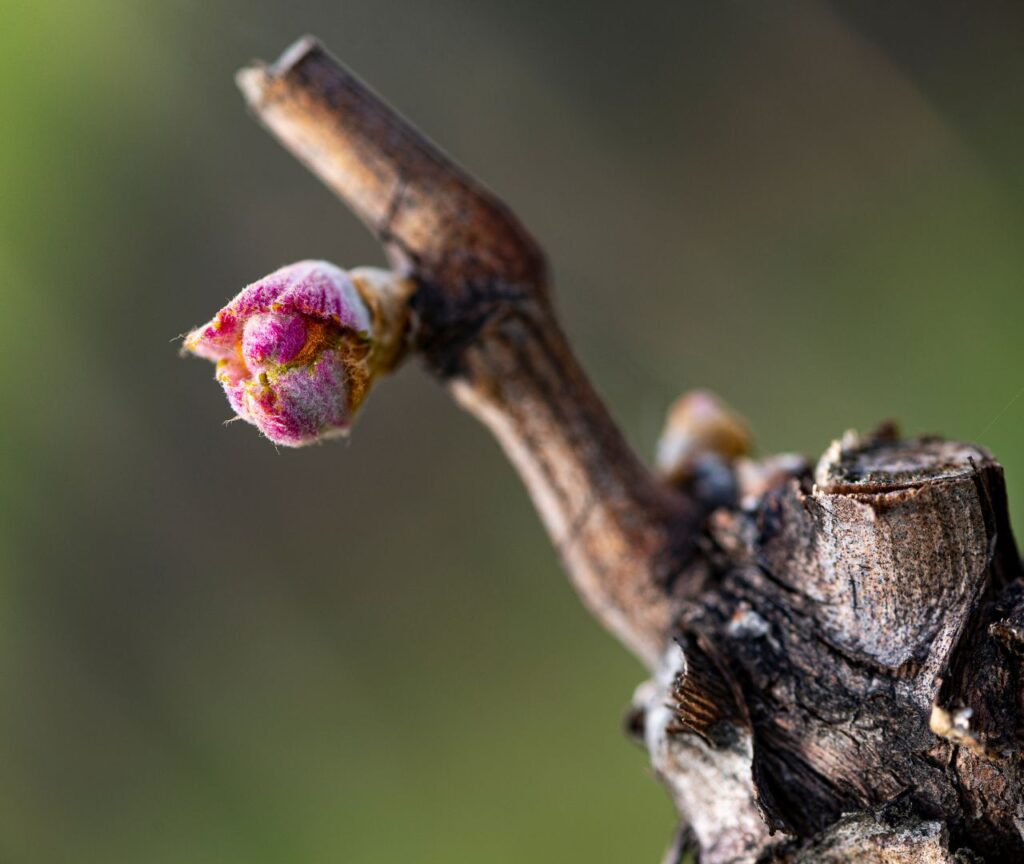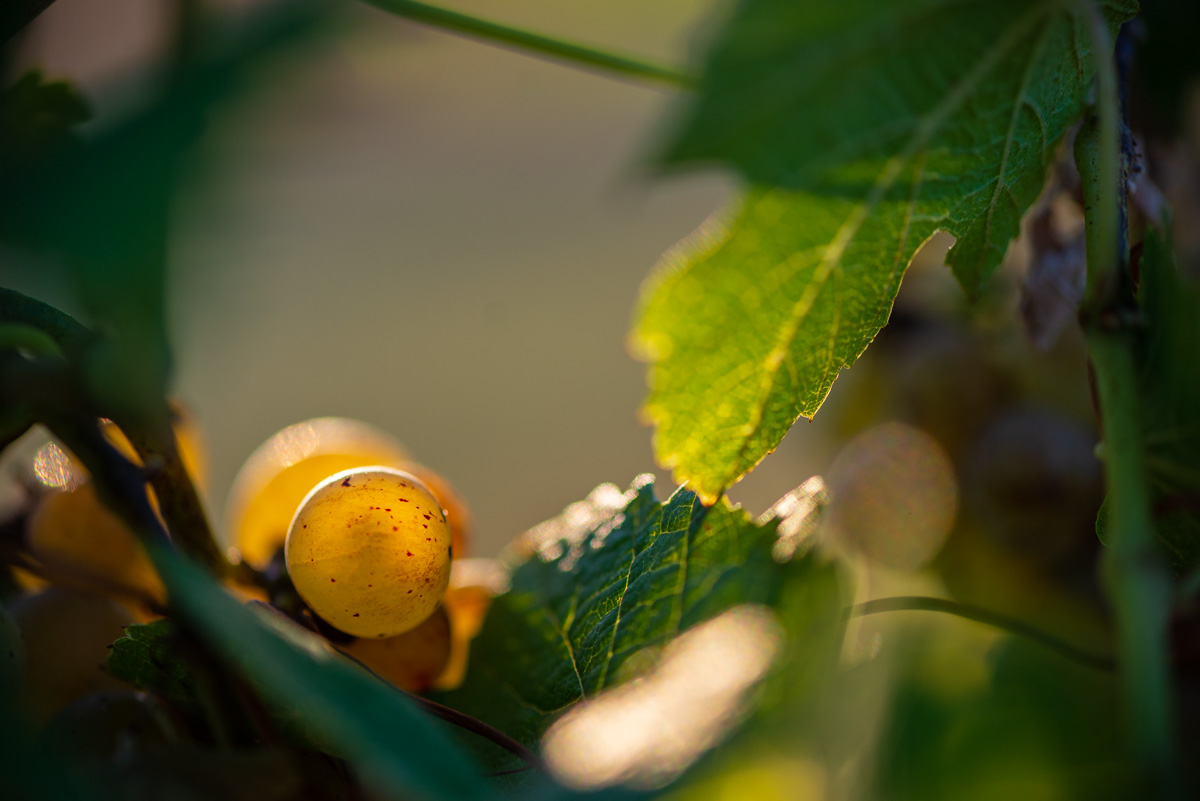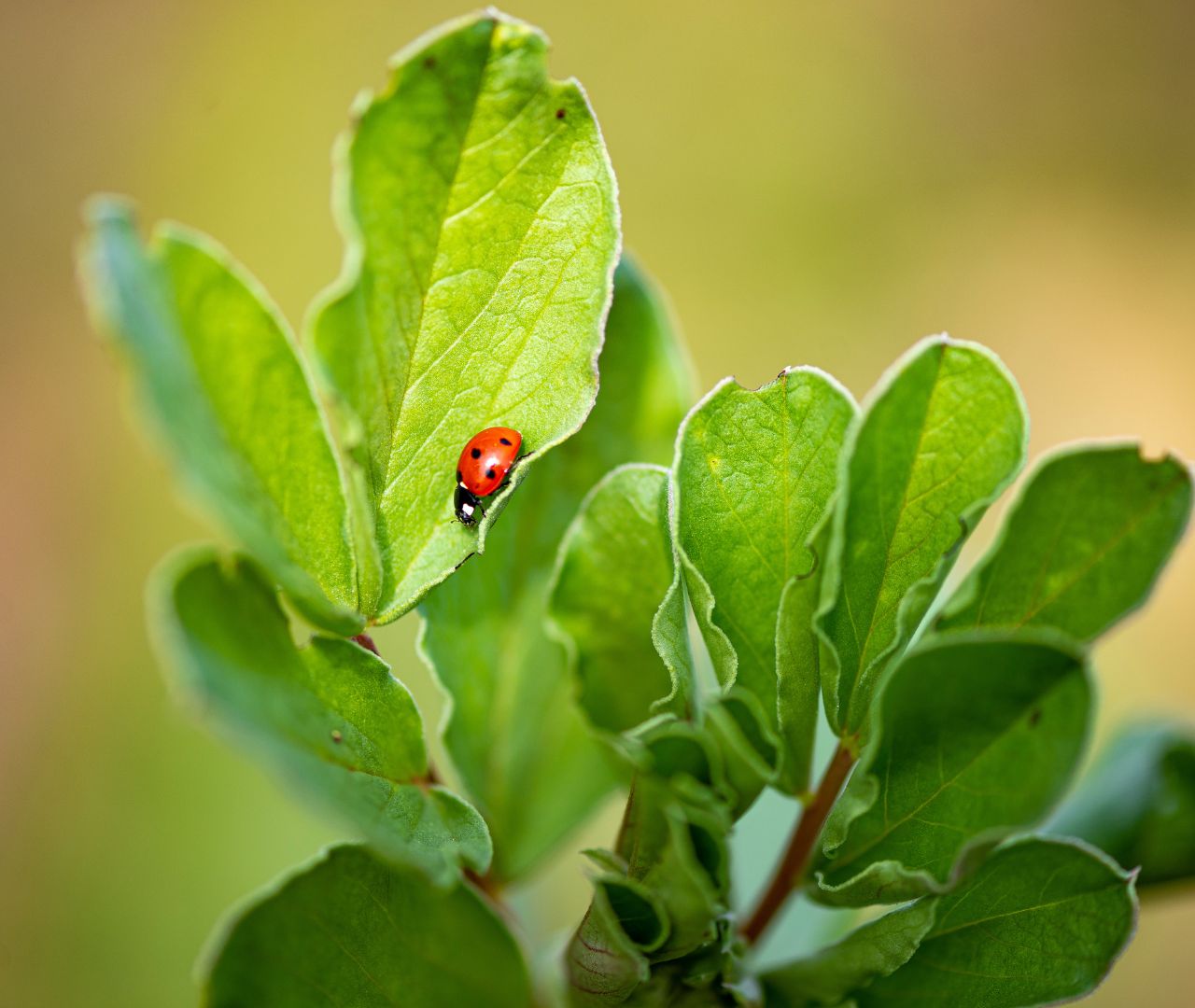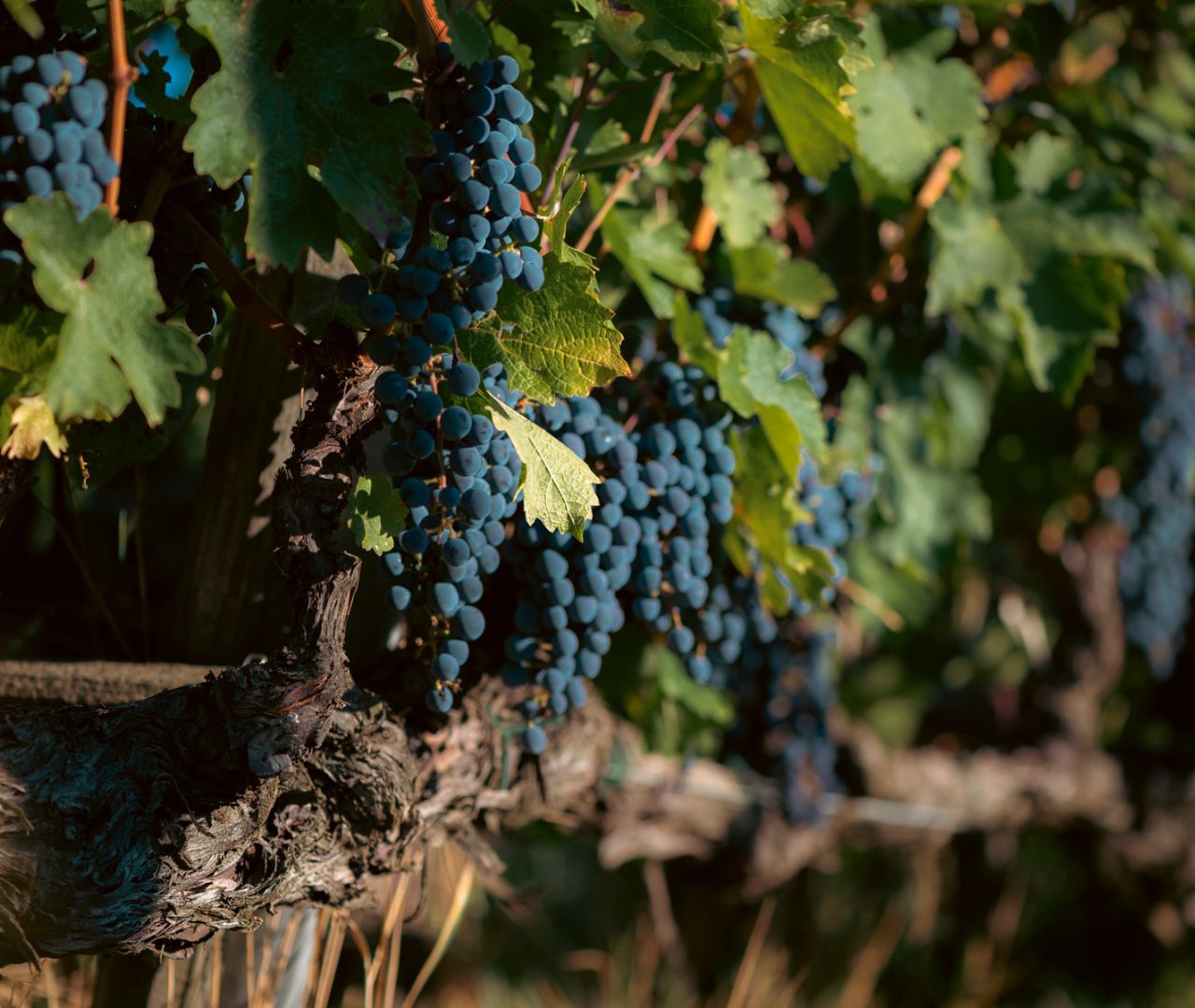Scroll down to learn more about the characteristics of the individual vineyards from which Panizzi's labels are born
We practice organic farming with respect for the environment and natural resources that are the very essence of our wealth. Maintaining a sustainable approach for us also means attention to the working conditions and quality of life of our employees, who have been part of the large Panizzi family for years.


Vineyards and olive groves are surrounded by forest, a key element for our farm. Trees are our natural allies especially in vineyard management, as they act as a thermal flywheel mitigating both heat and cold. They help maintain a more constant humidity and are a place of great biodiversity, useful in maintaining a biological balance in the vineyard as well.
Vineyards and olive groves are surrounded by forest, a key element for our farm. Trees are our natural allies especially in vineyard management, as they act as a thermal flywheel mitigating both heat and cold. They help maintain a more constant humidity and are a place of great biodiversity, useful in maintaining a biological balance in the vineyard as well.
We respect the natural cycles of the vine, without forcing production, in order to lengthen the life of each individual plant

The vineyard most dear to us because this is where Panizzi was born. The total vineyard surface extends over an area of 7.20 ha. It is located just over 1,500 meters west of the town of San Gimignano.
The altitude at the top of the Santa Margherita hill, identified by a large maritime pine facing the town, is 310 m asl. From here the vineyards slope toward the 4 cardinal points.
Two parts are distinguished.
The first of just under 4.00 hectares (the historic ones, from which it all originated) is located on the south, southwest and southeast slopes, with the vineyards located between 310 and 290 m asl, with soils characterized by sands (tufa) and yellow clay, and includes Vigna Fagiuoli, Vigna Lira, Vigna Daldin, Vigna Vecchia Cavalli, Vigna I Pini.
The second part (New Vineyard “Low,” “Medium,” “High”) with the remaining 3.20 hectares of vineyards located between 290 and 260 m asl, is located on the northern slope of the hill and is the part acquired and attached to the property in 2008. The soil on this side is similar to that on the other side, but with a greater presence of clay and greater water availability. The rows, arranged in a herringbone pattern, have a north/northwest orientation on one side of the spine and a north/northeast orientation on the other.
Larniano is located about 6 km northwest of the town of San Gimignano.
This is the area where most of the winery’s vineyards are located (31.50 ha) and can be divided into four zones: Caggio, Torri di Larniano, La Ventola and Poggio di Sant’Andrea.


It is located southwest of the town of San Gimignano (from which it is less than 1 km away) along the road leading to Santa Lucia, near the abbey of Monte Oliveto.
The soil consists of yellow clay and tuff. The total area is 0.85 ha, and the altitude is between 260 and 220 above sea level. There are two distinct vineyard plots.
It is located east of the town of San Gimignano (from which it is just under 3 km away) along the old road leading to Pietrafitta. The soil consists of yellow clay (predominant) and tuff. The altitude is between 165 and 180 m asl.
Most of the vineyards have southeastern exposure. Only two small plots (Merlot and Vernaccia di S.G.) face northwest. The plantings were made between 1999 and 2001 all spurred cordon with 5,000 vines per hectare.
A total of 5.65 ha is distributed as follows:
-Vernaccia di San Gimignano 1.71 ha
-Cabernet Sauvignon 2.71 ha
-Sangiovese 0.83 ha
-Merlot 0.40 ha


Pian dei Cerri: is located in Seggiano in the province of Grosseto almost two hours’ drive from San Gimignano.
Consists of a total vineyard area of 8.05 hectares located between 375 and 310 mslm and divided into 5 plots. Soil characterized by marly clays and rock with presence of marl.
We respect the natural cycles of the vine, without forcing production, in order to lengthen the life of each individual plant

We practice conservation agriculture that aims to reduce water and energy consumption and have the least possible impact on the environment. We do not use chemical fertilizers; to improve soil fertility, we practice green manure and use residual biomass from the harvest. All other fertilization is done exclusively with properly matured animal manure.

Equally important is the management of human intervention: our vines are tended by hand and we make very limited use of mechanical tools. Every action practiced in the field is carefully evaluated and carried out by our experienced staff who know every nook and cranny and particularity of each vineyard.

We place great importance on the age of our vines: by letting them grow according to their natural rhythms, they reach much older ages and can extend their roots deep into the soil. The more "mature" the vines are, the more they are able to transmit the characteristics of a terroir to the resulting wines. Over time, vines develop an intimate connection with their surroundings, a factor that makes them stronger even in the face of the climate change we are experiencing.
Book a unique experience of tasting and staying, surrounded by centuries of history and unspoiled nature.